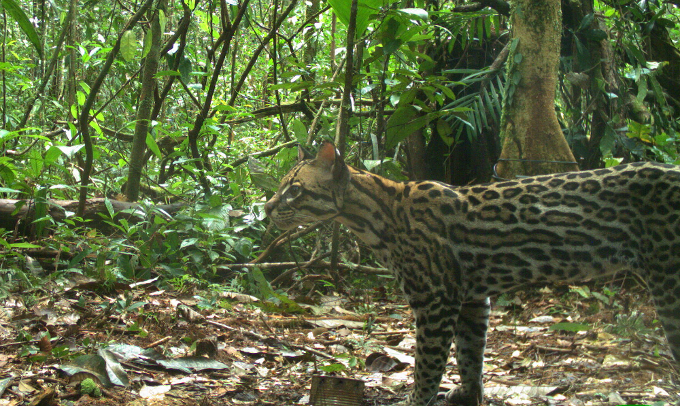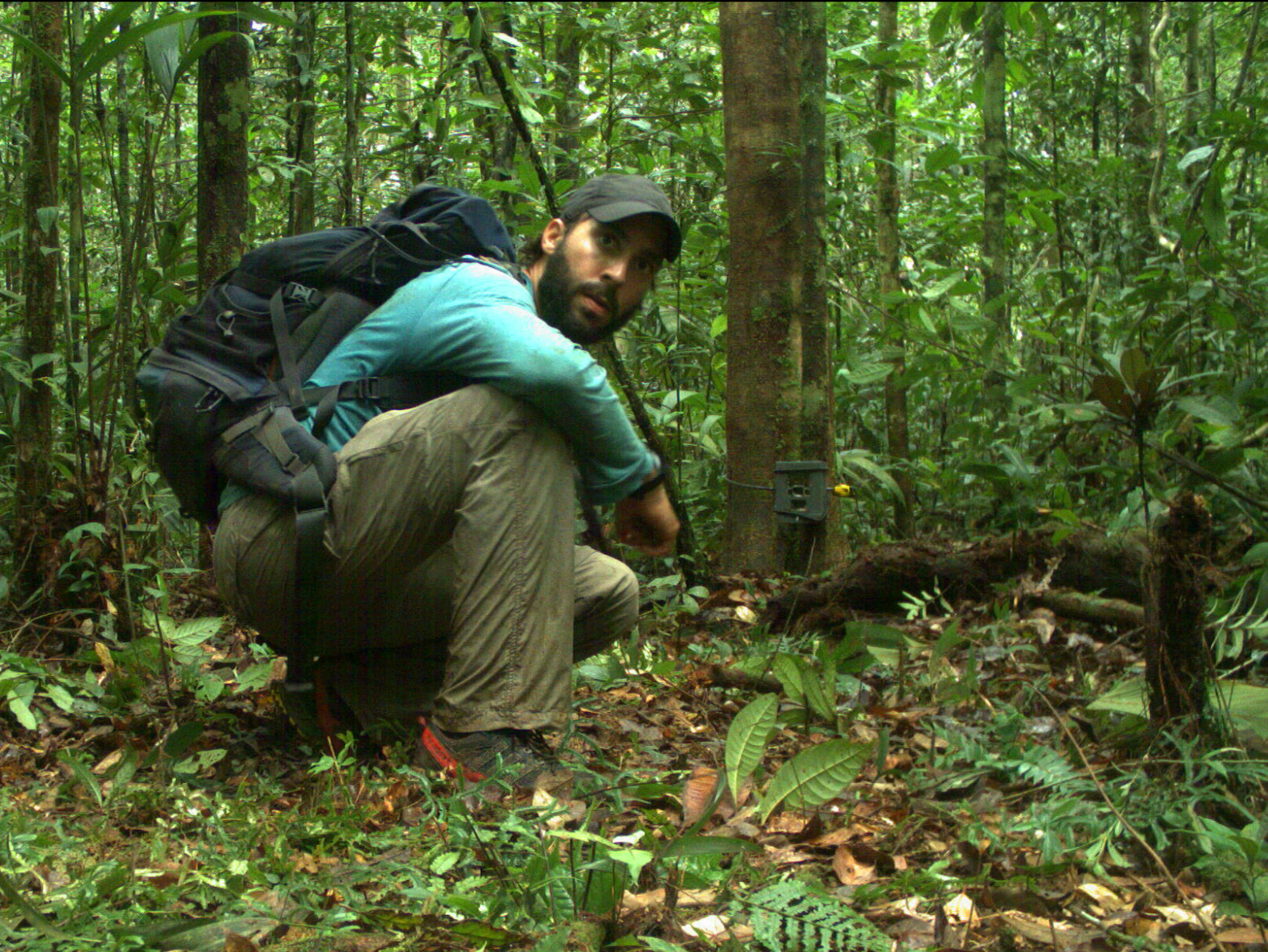News
New study improves understanding of Amazonia’s ocelot population
Though the Amazonia is considered to be the ocelot’s (Leopardus pardalis) major stronghold, there is no previous ocelot density estimates for any site in this area. WildCRU’s Cedric Tan and Diploma alumnus Daniel Rocha, along with other international researchers, published a new study in PLoS One using camera trap data from three consecutive years and recently developed models to estimate ocelot density in a pristine forest area within Amanã Sustainable Development Reserve, Central Amazonia.
The study, supported by the Mamirauá Sustainable Development Institute, indicated that ocelot densities in Amanã Reserve were stable during the three years of study, with an average of 25 ocelots per 100 km2. However, this estimate is lower than expected for the region, suggesting that the natural ocelot density in some pristine regions of the Amazon may in fact be lower than predicted by previous modelling studies. Thus, the results help improve our understanding of the ocelot spatial distribution pattern in the Brazilian Amazon and provides an initial reference density for assessing the effectiveness of future conservation actions in Amanã Reserve.
For more information please read the full publication here: http://journals.plos.org/plosone/article?id=10.1371/journal.pone.0154624








